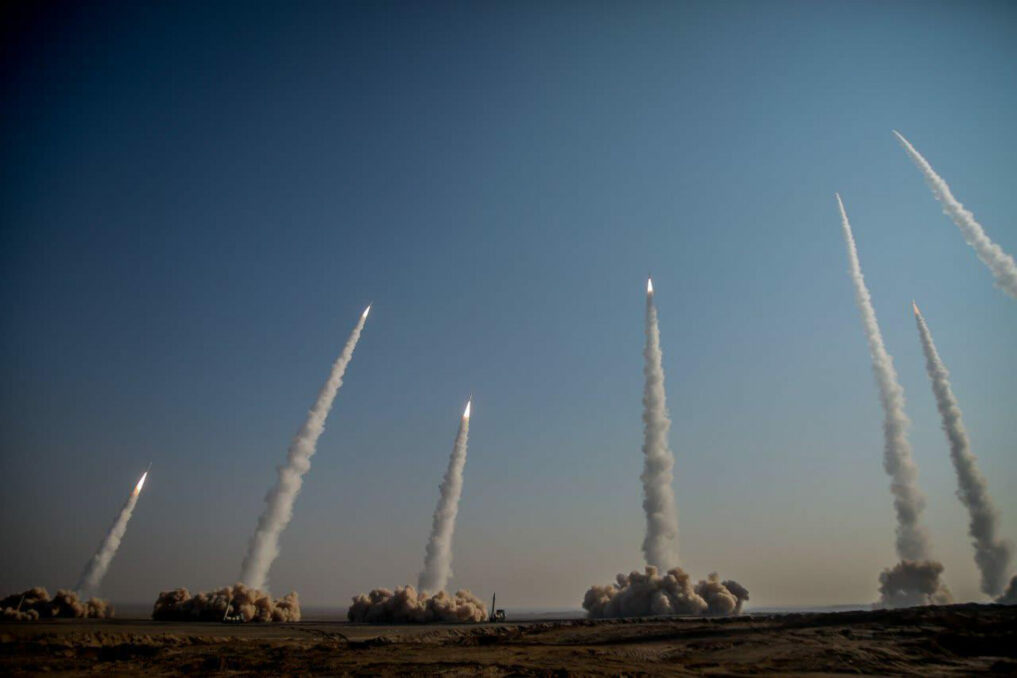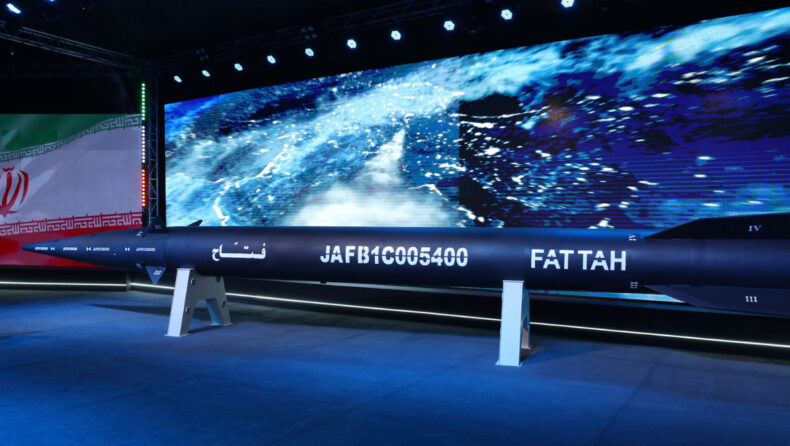
By displaying what it claims to be its first hypersonic missile built domestically, Iran has terrified Israel. It has earlier stated that it could reach Israel in 400 seconds or less. The missile, called Fattah, which means “conqueror” in Farsi, was unveiled in the presence of Iranian president, Ebrahim Raisi. It is stated to have a range of 870 miles (1,400 km), is capable of exceeding the speed of sound by up to 15, and is capable of getting past air defence systems.
Hypersonic missiles are present in the arsenal of only four other countries, namely China, Russia, United States and India. They are considered challenging to intercept because of their speed and purported manoeuvrability. They can travel at least at Mach 5 (five times the speed of sound).
Iran claimed in November that it was developing a hypersonic ballistic missile with manoeuvrability both within and beyond the atmosphere. Iran’s official TV claimed that it could get over the most sophisticated anti-ballistic missile defences used by the US and the Zionist dictatorship, including Israel’s Iron Dome.
Raisi asserted that the Fattah was a deterrent that would be “a point of security and stable peace” for the region during a broadcast on Iranian official television while introducing it.
The head of Iran’s Revolutionary Guards’ aerospace division, Amir Ali Hajizadeh, referred to the Fattah as “a missile that is unique in the world.” Hajizadeh later claimed that there had been a ground test of the missile’s engine, which entailed mounting a rocket motor on a stand and firing it to assess its performance. Iran has not mentioned any actual launches of the missile.
Countries working on Hypersonic Missile
Both the US and China are thought to be working on hypersonic missiles. Russia asserts that the weapons are already in use and that they have been used on the Ukrainian battlefield. In May, the Ukrainian air force reported using US Patriot air defences to shoot down a Russian hypersonic Kinzhal missile.
Israel blames IAEA for submitting to Iranian pressure
Iran has already been charged with exaggerating its claims on its missile technology. The revelations surface at a time when Israel is getting increasingly alarmed that the west may be considering restarting talks with Tehran to revive the stalled nuclear agreement limiting Iran’s civil nuclear programme.
The International Atomic Energy Agency (IAEA), which oversees UN nuclear inspections, recently said that it had struck a preliminary understanding with Iranian counterparts to revive its severely constrained inspection procedure.
Iran allegedly provided an explanation for the presence of depleted uranium traces at one location, known as Marivan, by claiming that a mine and laboratory were present there.
Netanyahu added that the agency’s submission to Iranian pressure was a “black stain on its record,” calling Iran’s justification “technically impossible.” Rafael Grossi, the IAEA’s director general, claimed that his body never weakened its standards for political reasons. He added that Iran was still moving too slowly towards approving the installation of cameras at nuclear sites.
According to sources, Iran will soon receive roughly $24 billion (£19 billion) in foreign money, including $7 billion from South Korea, $10 billion from Iraq, and $6.7 billion in SDRs. Those rumors might be related to Oman’s mediation efforts and the recent release of three Europeans who had been detained in Iranian prisons. The topic of the release of US inmates is still being discussed.













